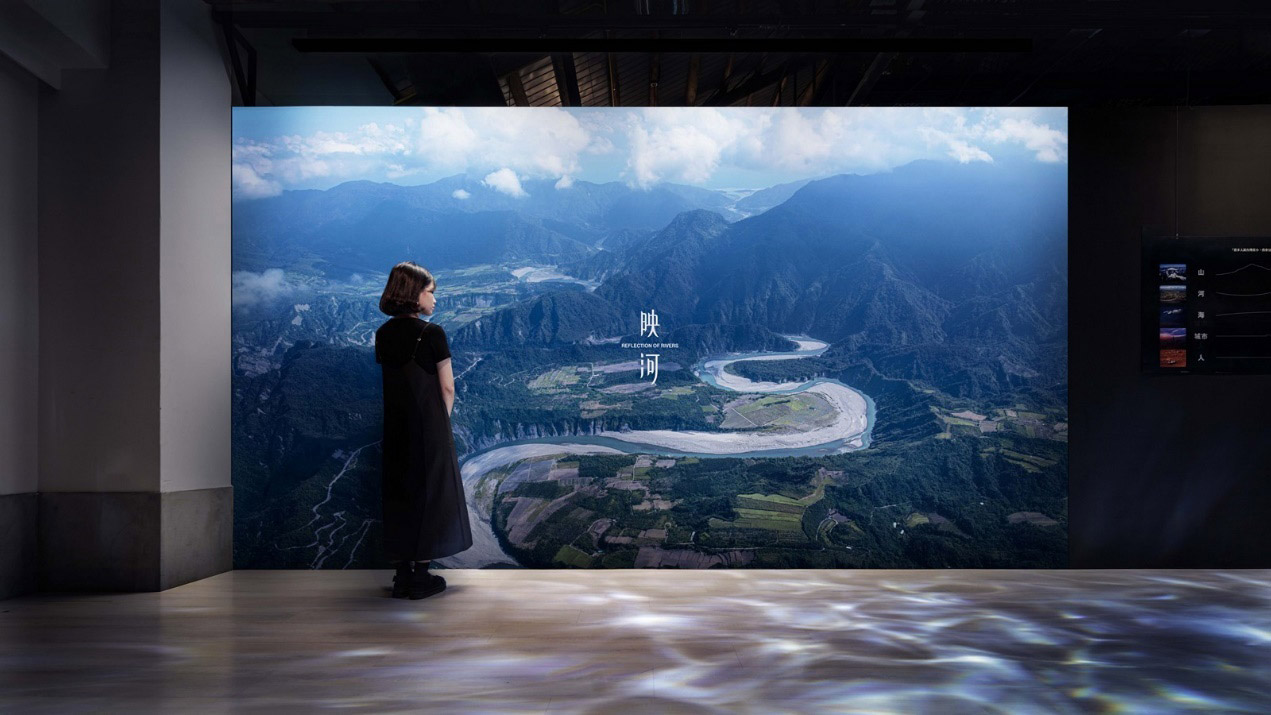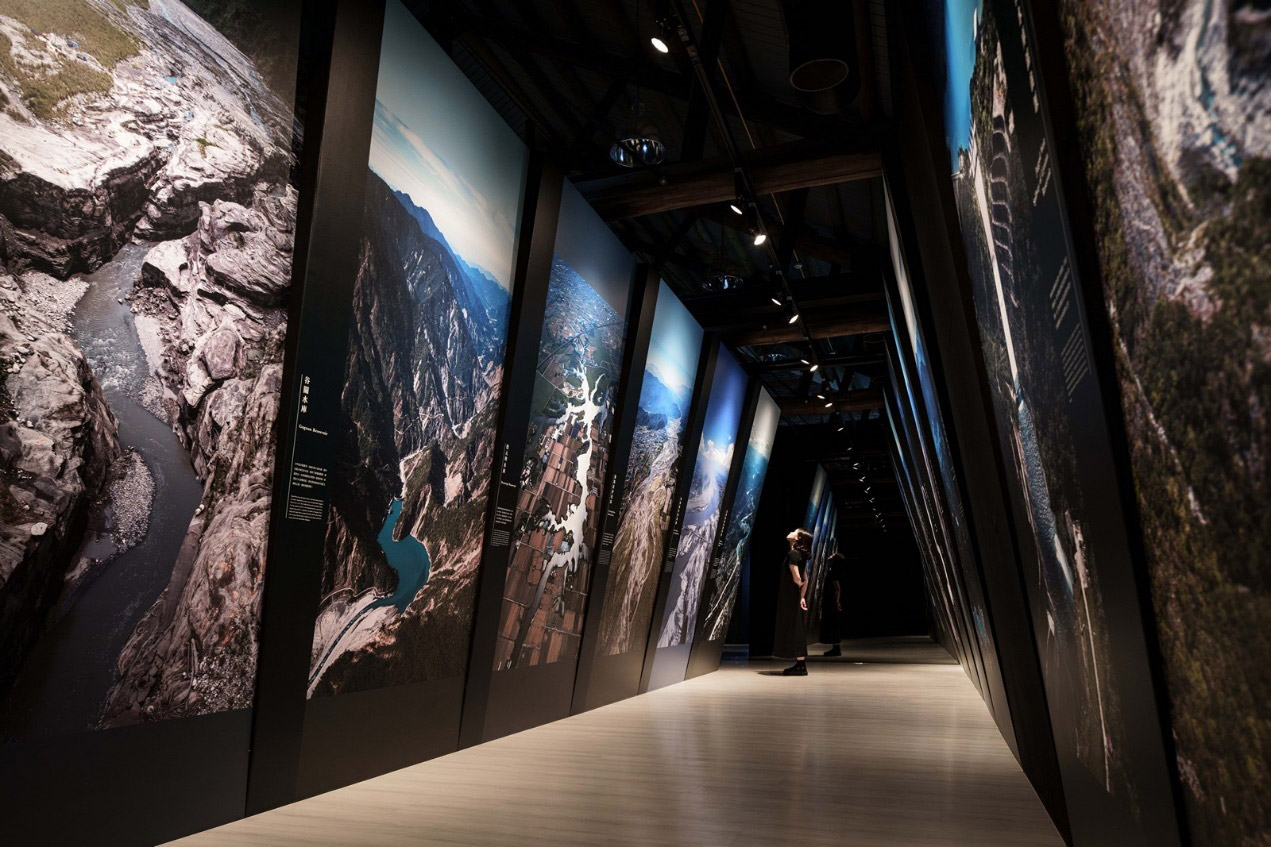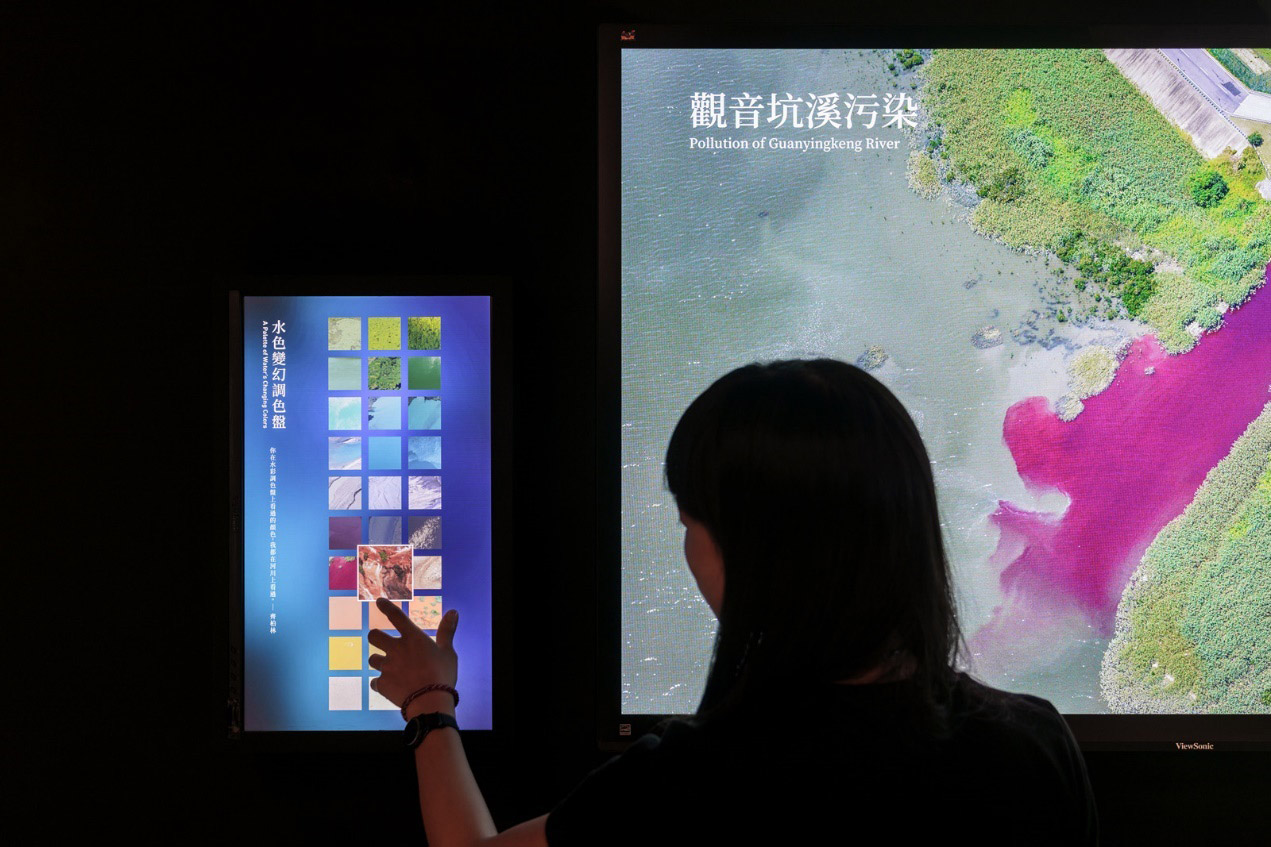March 22nd is the World Water Day proposed by the UN in 1993. The intention is to raise awareness of water resource protection and solve the problems of water shortage.
Is Taiwan in water shortage? Yes, it is. The average rainfall in Taiwan is 2,500 mm annually, 2.6 times of the world average. Since the rivers in Taiwan are rather short and rapid, the average rainfall per person is one-fifth that of the world average. Thus Taiwan is the 18th country in the world that has a water shortage. According to the research conducted by researcher Hsu, Huang-hsiung, Research Center for Environmental Changes of Academia Sinica, climate change causes Taiwan to become dryer in spring in the mid of the century. The drought will become severe, and so does the water shortage.
The main water source in Taiwan is groundwater. Water from the reservoirs and rivers accounts for 62.3% of the total usage. Therefore river is crucial when tackling the water resource problem. In this unit, we will bring you to an exhibition held by Chi Po-Lin Museum, called “Reflection of Rivers”. There, we will explore the rivers in Taiwan.

Entering the exhibition hall, one can appreciate the rivers and human beings from the bird's eye view. (Photo courtesy: Chi Po-Lin Foundation; Photographer: Li, Yi-Hsien)
Hundreds of aerial photographs present the pattern of rivers in Taiwan
The Director of Environmental Education Group from Chi Po-Lin Foundation, Weng, Yo-mei, pointed out that after the death of Director Chi, the foundation pass along his spirit by organizing the exhibition at Chi Po-Lin Museum. The topics of the first two years were "View above mountains" and "Above the coast," which focused on the mountain and ocean in Taiwan; In the third year, the topic, “Reflection of Rivers,” highlights the rivers, which connect the mountain and ocean.
There are over 110 rivers in Taiwan, this small island. People frequently exercise at the riverside parks or take a ferry to pass the rivers. They seldom have a chance to observe rivers in the big picture.
The shape, smell, and color of rivers show how human beings interact with the rivers. Director Weng said, the massive aerial photograph in the exhibition led the audience to observe rivers from the bottom of their hearts. It is hoped that rivers and human beings can sustainably live in the future.

At the end of the hallway is a mirror that reflects the magnificent canyon. (Photo courtesy: Chi Po-Lin Foundation; Photographer: Li, Yi-Hsien)
The exploration starts at the source of the rivers
One will be amazed by the decoration of the first section.
“We want to create the canyon in this space to demonstrate the high mountains and rapid rivers.” Director Weng explained as she led us through the long hallway, where 15 vertical aerial photographs selected from Director Chi's works were displayed on two sides. The upper parts of the photos tilted inward to create a V shape, creating a gorge-like space. These massive photos were placed following the order of landscape, water facility, agriculture, and villages. They represent the transformation of a river from upstream to downstream.
Each photo is a story about a river. In Director Chi's works, we can see the landscape change from the 921 Earthquake, such as the Da-an River gorge located in Zhuolan, Miaoli, and the sea level of Sun Moon Lake in Nantou as well as the Mingtan Power Plant. The photos portraying the watermelon fields at the dried Fangshang River in Pingtung County echoed the imbalance between environmental protection and economic development.
What Director Chi captured is beautiful, but the stories behind these beautiful photos are bitter-sweet.
Immerse in the river flowing
In the second section, immerse in the river flowing, is a black box space for contemplation. The images projecting on the wall and the floor are the flowing rivers under Director Chi's lens.
"You can take off your shoes and walk into the space, as if you are shooting in the air with Director Chi, and watching from the sky how the Mother nature works.” Director Weng said that this section is the exclusive collection of Director Chi's aerial photography. Among 1000 pieces, 50 pieces that focus on rivers were selected and broadcasted. "Beauty, vicissitudes, and symbiosis" are the three core values.
Xiuguluan River and Jhuoshuei River run across gorges and villages, bringing abundant lives to human beings, symbolizing wealth. Later on, the audience was brought to Wushantou Reservoir, where the drainage basin has no water but only parched soil. This reservoir was built for agriculture in Jianan Plain. The dried reservoir may impact agriculture in Jianan Plain.

The red color was caused by the polluted water from the Guanyin Keng River. The colorful rivers that seem dazzling were signs of environmental disaster. (Photo courtesy: Chi Po-Lin Foundation; Photographer: Li, Yi-Hsien)
The colors you often see on a watercolor palette, I saw them in rivers
The reflection is the most interactive one in this exhibition, and the River Palette is the most impressive one.
30 kinds of colors are provided at the River Palette. Other than water blue and indigo blue, there are yellow, bronze, orange, red, purple, and black, which are astonishing. Director Chi once said: "The colors you often see on a watercolor palette, I saw them in rivers." That's why the team chose 30 river photos with different colors from the aerial photos taken by Director Chi. When the audience chooses a color, they can know the whole picture of the river and why the rivers are polluted.
“Most of the colors are due to pollution. Only few of them are the natural colors of rivers.” Director Weng gave us some examples. The golden brown river was found near Jinguashi. Since this area is a gold mining area, it is normal that the river becomes golden brown. Ermei Lake in Hsinchu, on the other hand, is fresh green. This is due to eutrophication; Nan Kan River in Taoyuan is in black color because of the emissions of industrial and domestic waste water. With this interactive design, the audience can truly realize the damages made by the pollutions, and rethink how to treat them properly.
Interact through reading, reflect the relationship with human beings and rivers
Besides digital interaction to discover the relationship between rivers and human beings, the exhibition published four books for people to read.
Director Weng said these four books feature different topics: natural catastrophes, waste storage facilities, irrigation facilities, and flood prevention measures. These publications highlight how people store water, irrigate, and prevent disasters using hydraulic engineering. When the audience read the books, they will see relevant questions like why the water in reservoirs is aquamarine? Why do droughts still occur even though the rainfall in Taiwan is 2.6 times higher than the world average? These questions allow people to have more insights toward the river and water resource issues.
This year, four speakers are invited to the exhibition to do the sharing: CEO of The Society of Wilderness, Liu, Yueh-mei, Secretary General of the Taiwan Sustainability Alliance, Chen, CHEN,Chien-chih, photographer Hsu, Chen-tang, and freshwater fish observer Chou, Ming-tai. They are going to share their experiences related to rivers with the audience to let people have deeper insights.
As you walk into the last section, becoming Chi Po-Lin, you will see his collections, equipment, and the gyro wreckage from the plane crash. June 10th, 2017, Director Chi died from a plane crash when he was doing air scouting for the sequel to Beyond Beauty: Taiwan from Above in the mountain area of Fengbin Township, Hualien County. His spirit will last through his precious aerial photographs, directing the path ahead.
In this episode, with the guidance of the Director of Environmental Education Group from Chi Po-Lin Foundation, Weng, Yo-mei, let us immerse in the different aspects of Taiwan rivers, rethink our connection with rivers, and how to thrive altogether sustainably.




 中
中